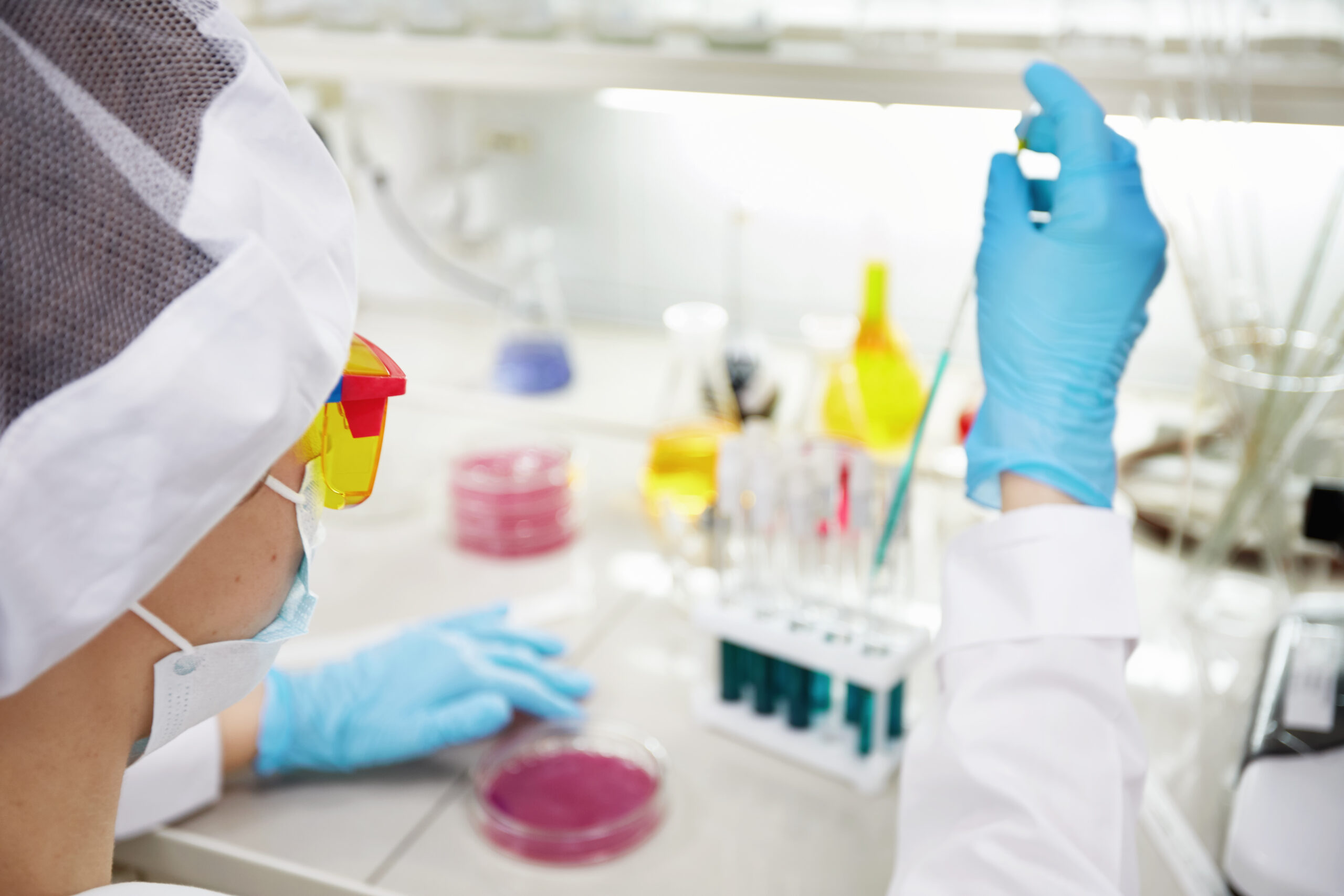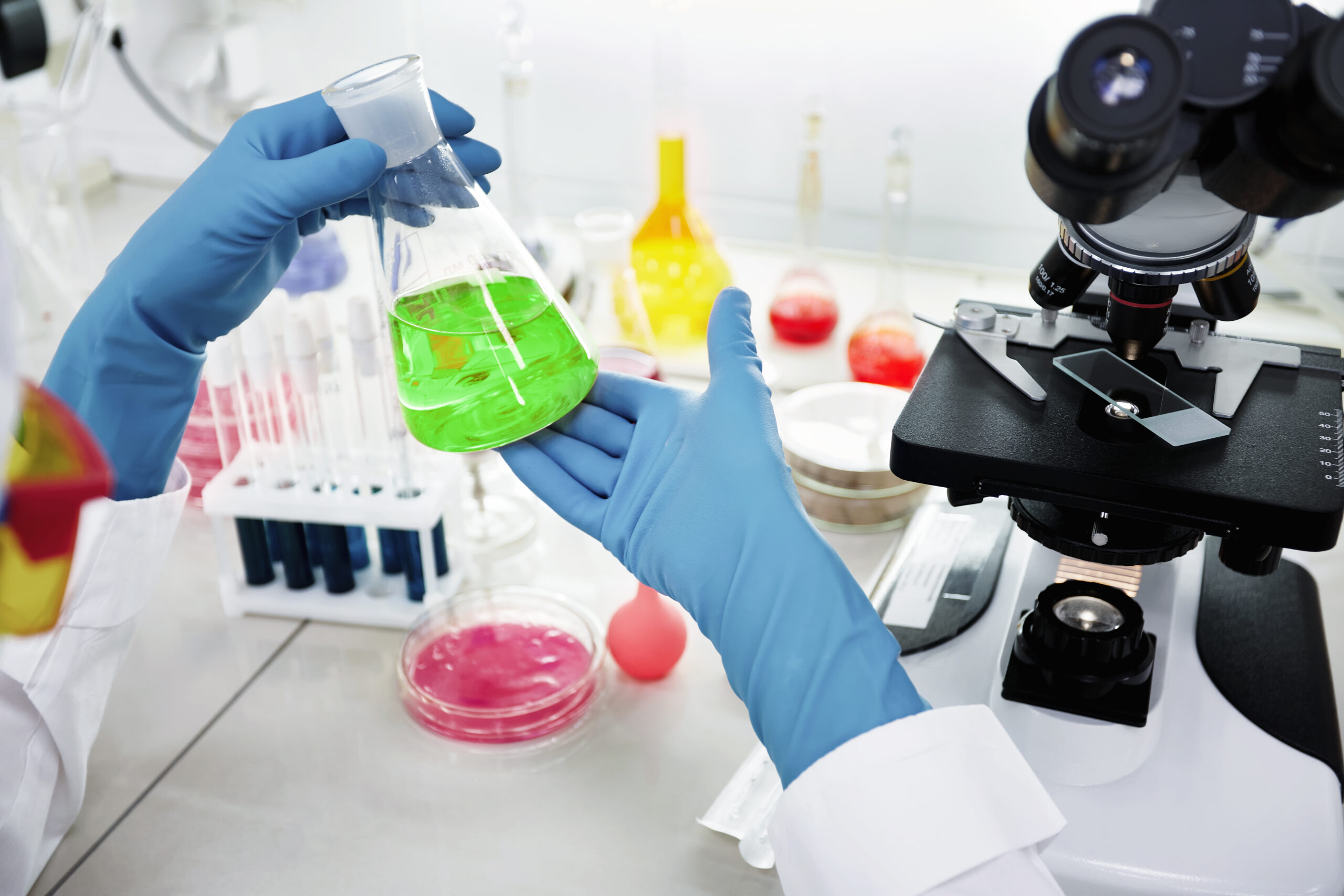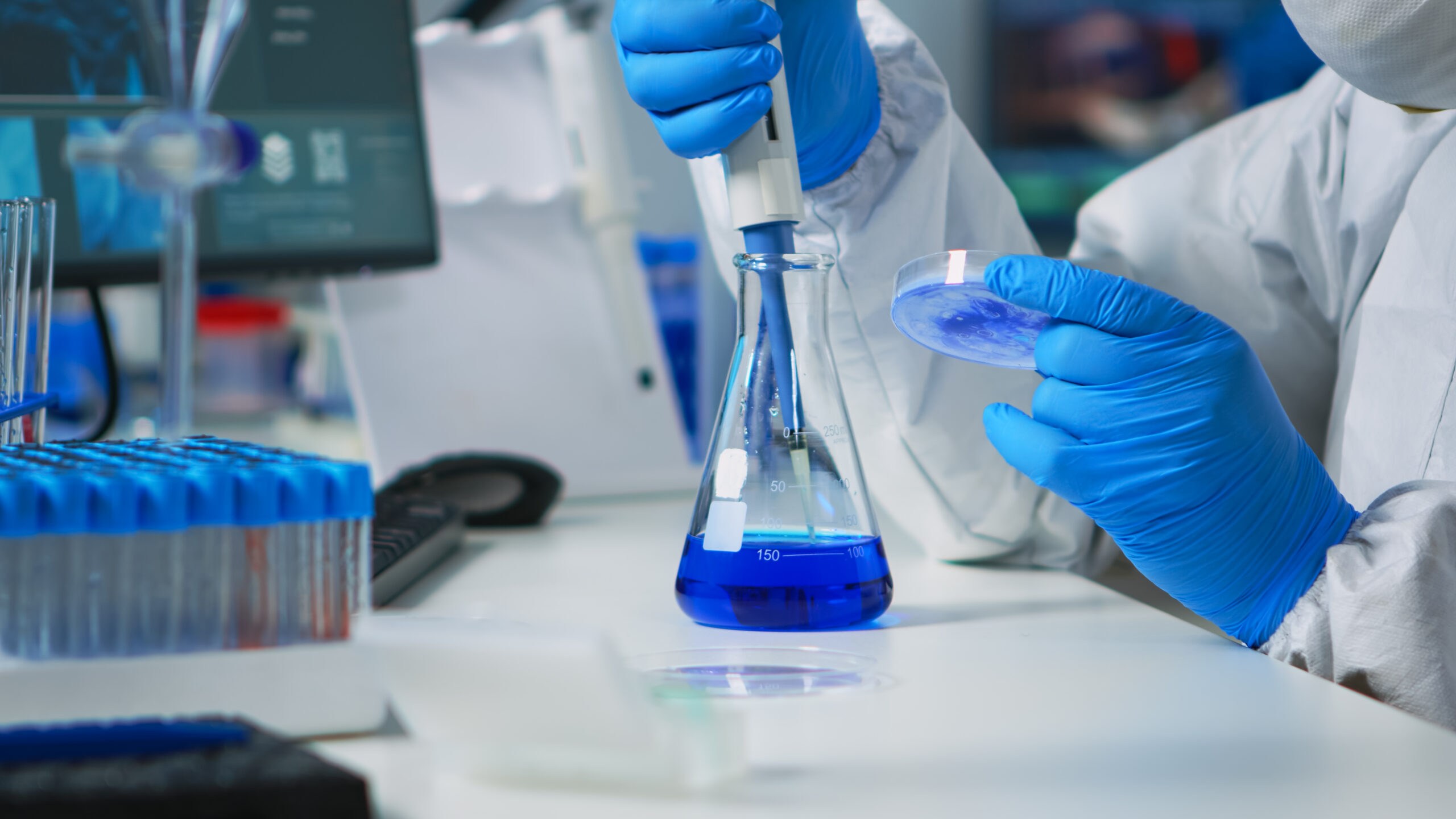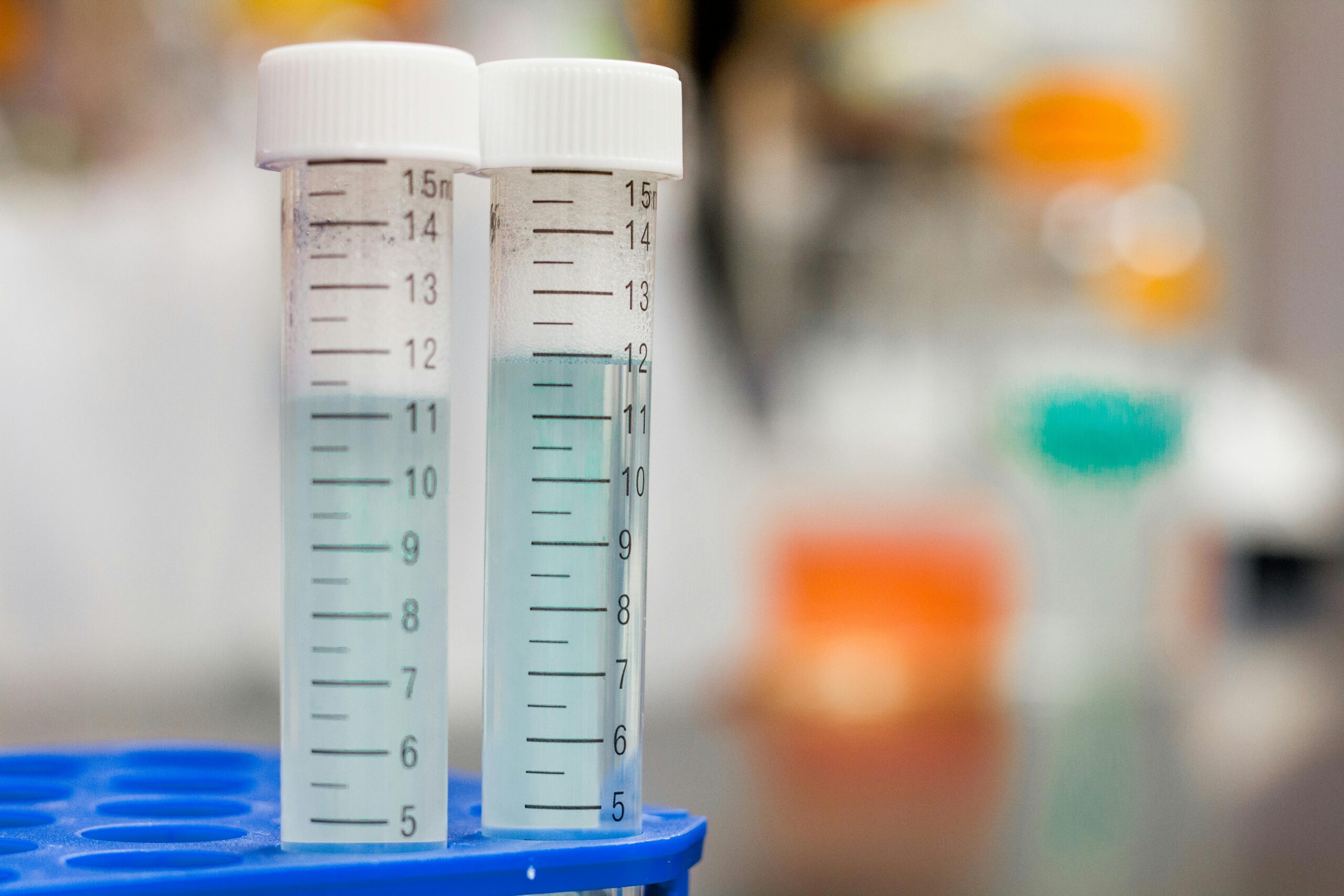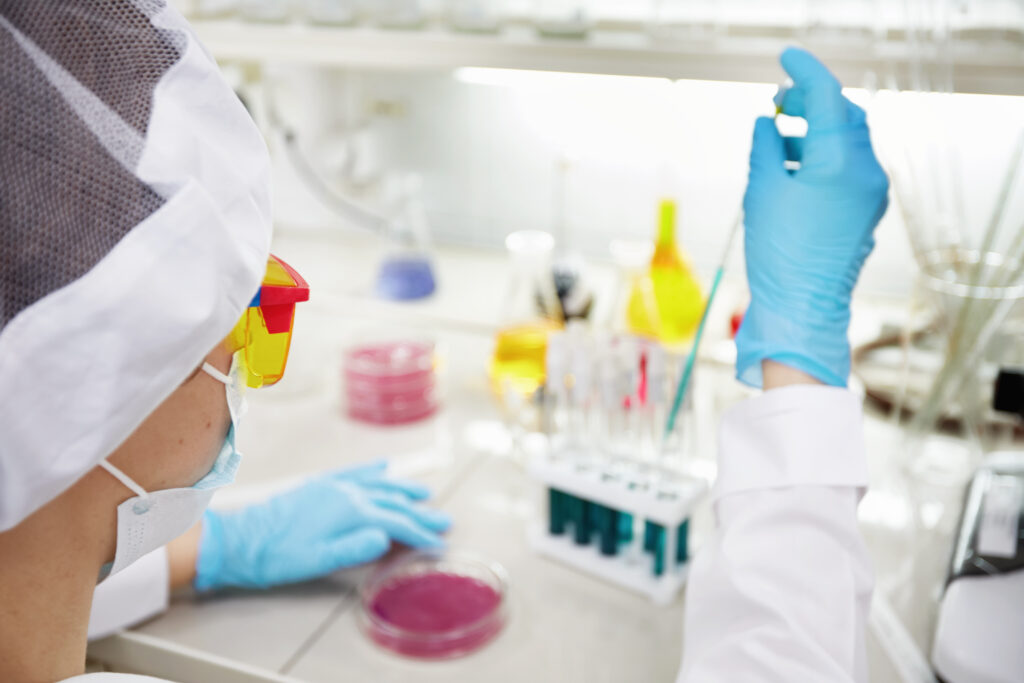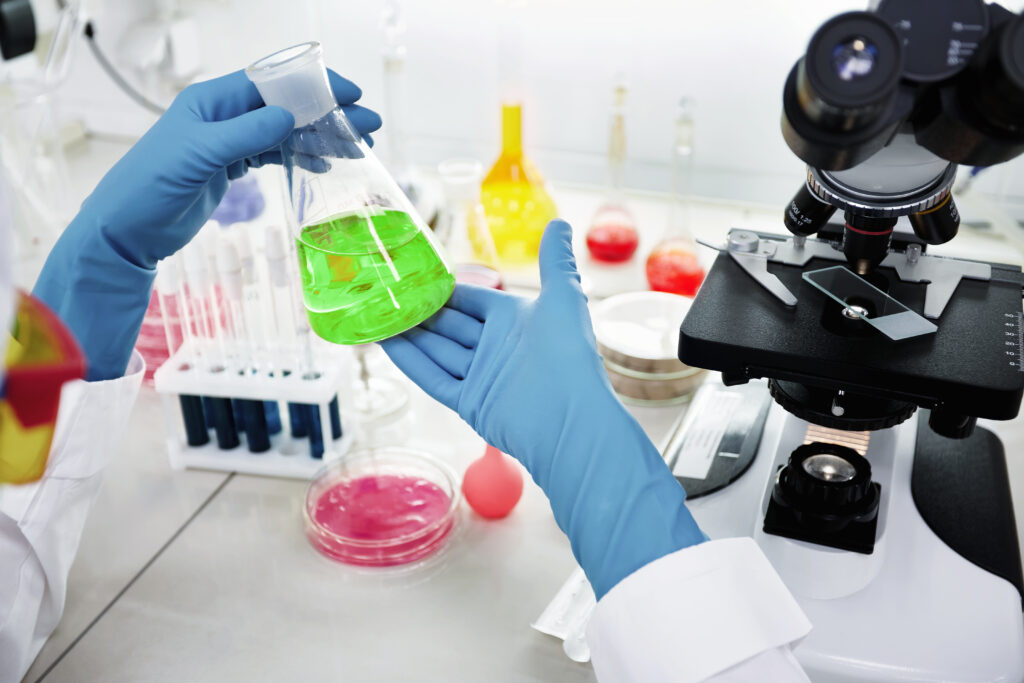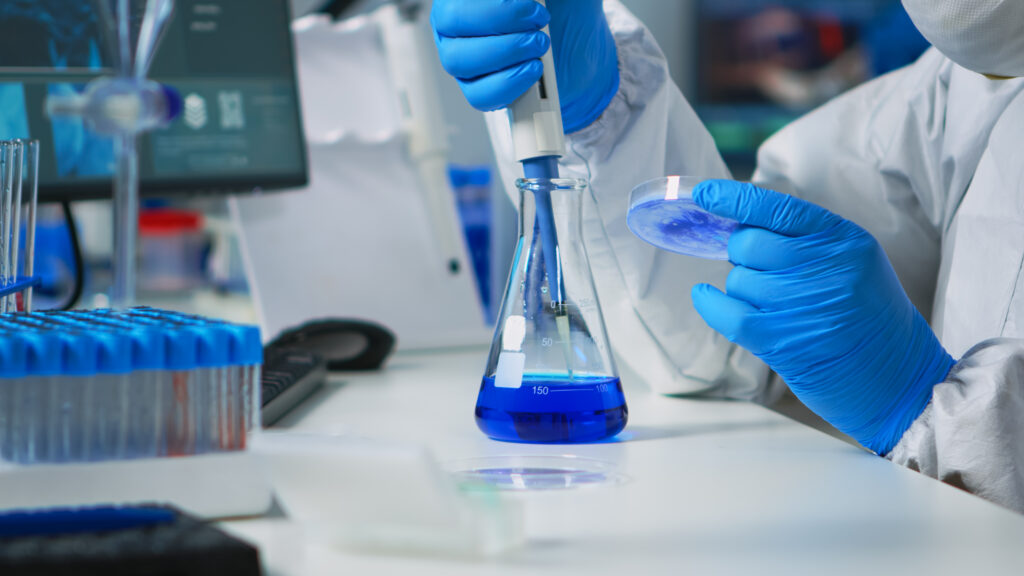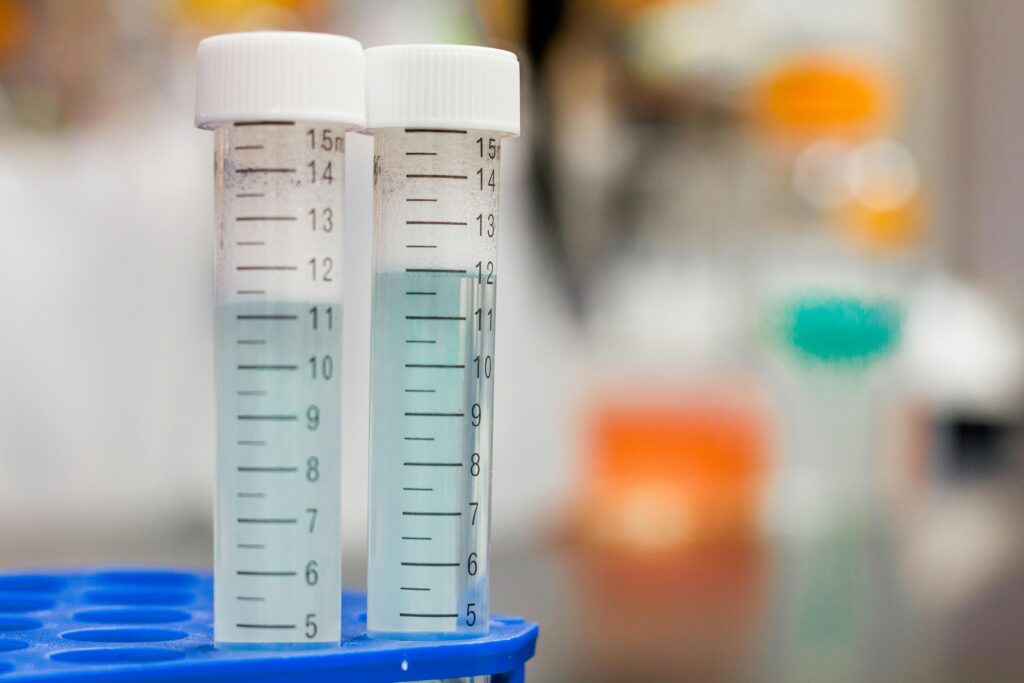When you move into a new house, your relatives or friends may suggest you get the quality of the water supply checked. Though municipalities treat the water before supplying it to you, it is advisable to purify it before consumption. Water may collect a lot of soluble contaminants as it travels through storage tanks and pipes to your home. While these contaminants are not visible to the naked eye, they can impact your health as they tend to accumulate in your body. Unclean water is associated with a lot of severe health hazards making it a necessity to perform drinking water testing.
Water testing is carried out to ensure that the quality of water supplied to your household is safe to drink and free from environmental risks and potential health disorders. Laboratory tests are considered to be the most effective way to detect a wide range of contaminants present in the water. They cover a wide range of pollutants and give 100% accurate results.
However, when getting the water samples tested in a laboratory seems infeasible, you can make use of the home water testing kits. These kits provide water testing services that serve as a preliminary check for the water quality and can give you an idea of its purity in a matter of minutes.
If you are noticing signs of hard water at home, it is important to determine the next steps to fix the problem. Some of the common signs of hard water at home include- spotty dishes, soap that doesn’t lather easily, tubs and showers are hard to clean, faucets, drains and showerheads have accumulated white crust around them. The first step towards fixing these problems is to perform a quick at-home drinking water test and check the level of purity of the water. Understanding the severity of the problem will help you find the right solution.
How does Drinking water testing at home work?
With the modernization and advancements in chemistry, we can now detect the presence of hundreds of harmful chemicals and bacteria in the water at home. You can purchase a test kit that performs drinking water testing. After a laboratory, this is the most sophisticated way of determining the water purity levels. This kit comes with a few test strips and a color chart.
Follow the following steps to get accurate results from your test.
Step 1: Fill a glass with tap water. Do not filter or boil the water before performing the test.
Step 2: Insert the test strip in the glass and wait for a few seconds.
Note: Do not stick the strip under running tap water instead of dipping it in the glass, as this can lead to inaccurate results.
Step 3: Remove the strip from the water after a few seconds and compare its colour with the colour chart that came with the drink water test kit. Every colour on the chart refers to the number of pollutants in the water, generally measured in grains per gallon (gpg).
However, before you sign up for water testing services for your home, it is important to understand the acceptable purity levels of water. Every country has their own standards of water quality. In India, we have the Bureau of Indian Standards (BIS) and the Ministry of water services that determine the quality of water. These standards define the acceptable amount of every element present in drinking water. Understanding these acceptable values if necessary while performing drinking water testing at home.
Here are the general parameters containing the acceptable and permissible standards of elements in drinking water as defined by BIS.
| Testing Parameters (in mg/L) | Acceptable Limits | Permissible Limits |
| Aluminium | 0.03 | 0.2 |
| Arsenic | 0.01 | 0.05 |
| Ammonia | 0.5 | No Relaxation |
| Anionic Detergents | 0.2 | 1.0 |
| Barium | 0.7 | No Relaxation |
| Boron | 0.5 | 1.0 |
| Calcium | 75 | 200 |
| Chloramines | 4 | No Relaxation |
| Chloride | 250 | 1000 |
| Copper | 0.05 | 1.5 |
NOTE: These standards are as defined by the Bureau of Indian Standards and are subject to change. To check for the latest updates, visit their website.
The Bottom Line: At-home water testing services are easy to perform and give you a realistic picture of how pure your drinking water truly is. It checks the presence of heavy metals, dissolved contaminants and other impurities in drinking water. Knowing your water profile is the first step towards finding the appropriate solution for any water-related problem.

